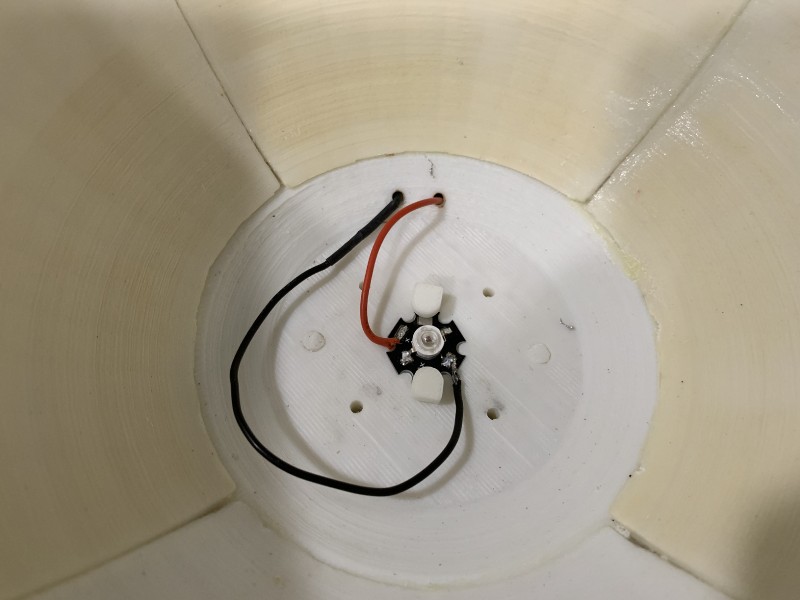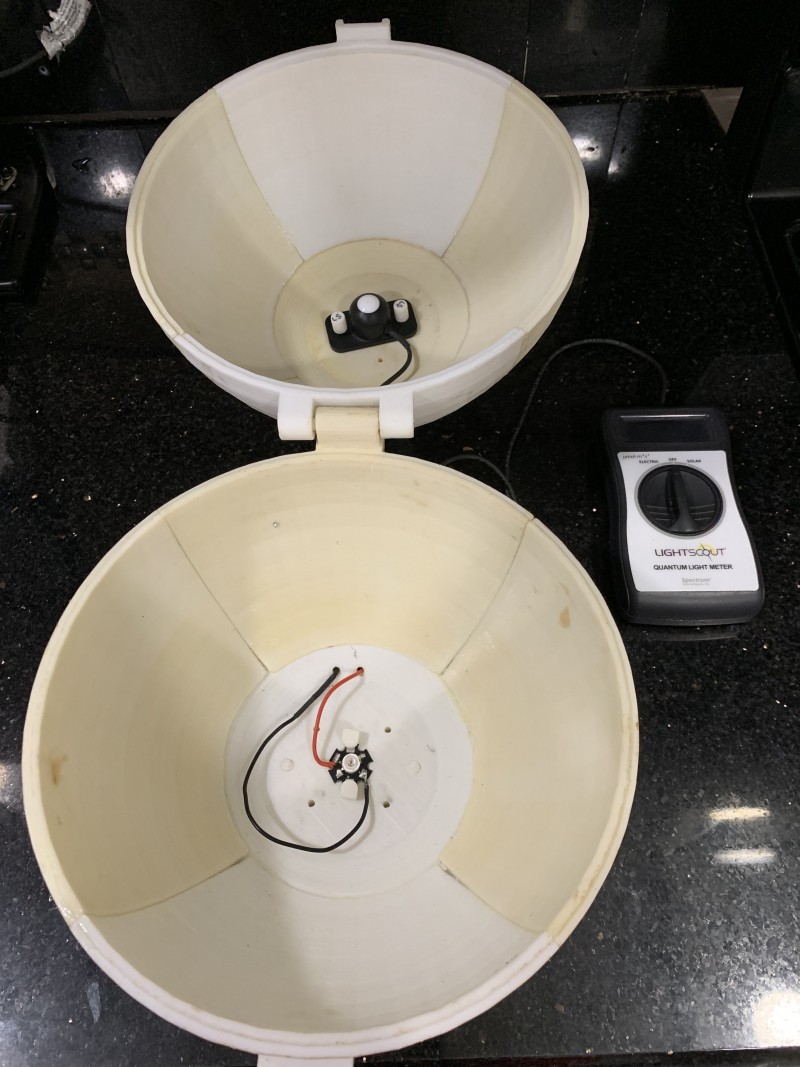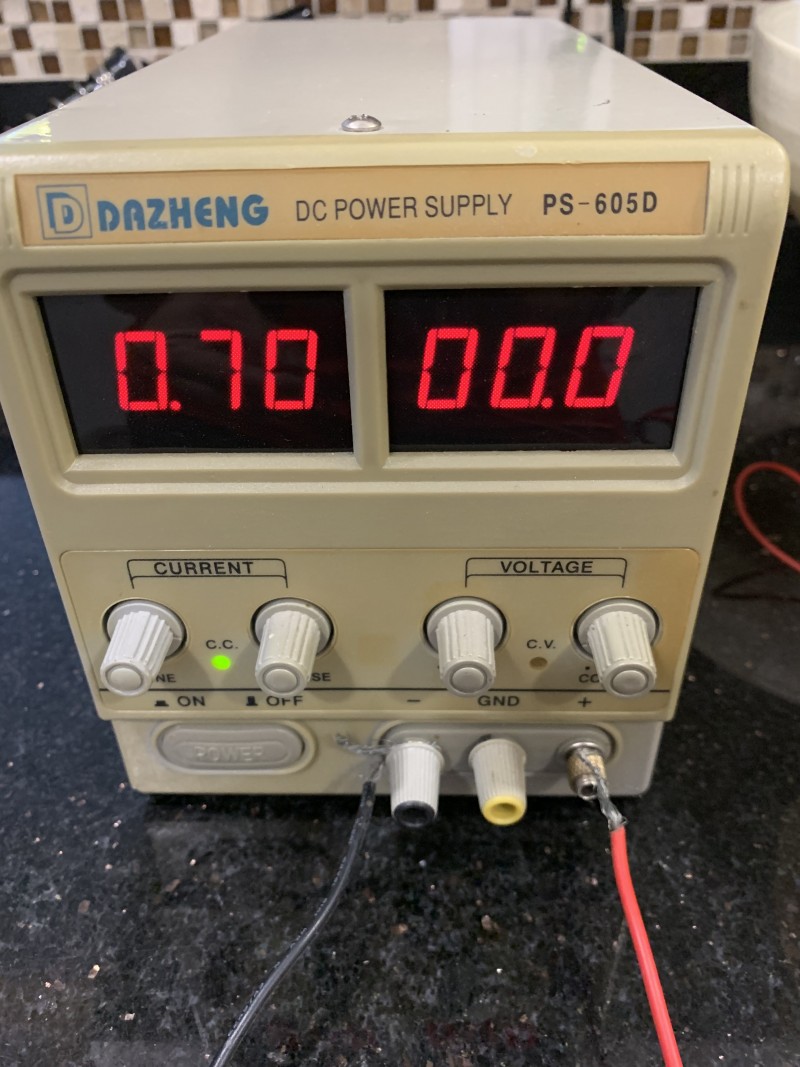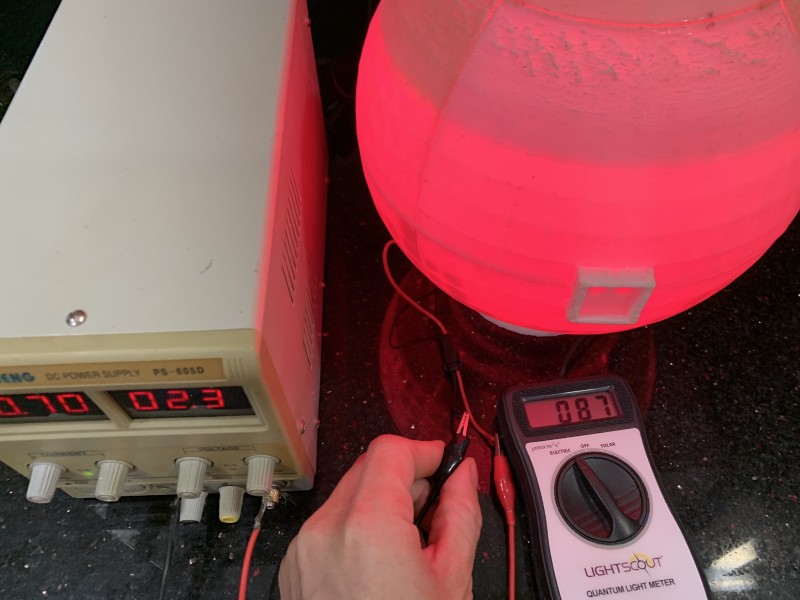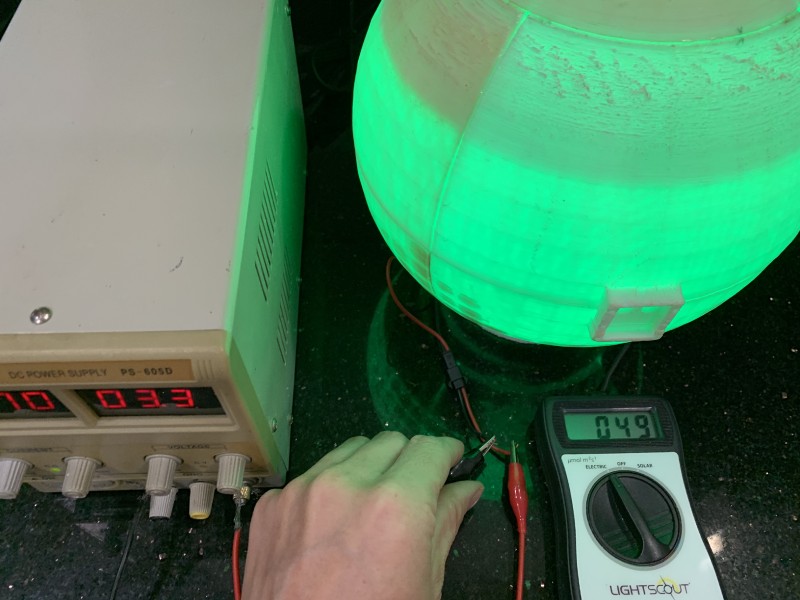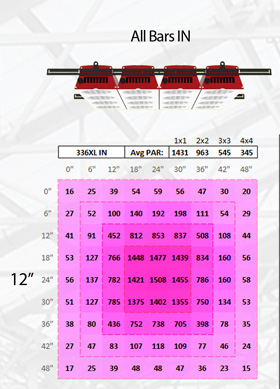HydroGrowLED
Well-Known Member
So far in my brief time back here on RIU I've had several comments on figures I've posted for umol/watt output on the LEDs used in our products.
One thing I have always prided myself on is transparency. So I decided to make a post today, get my integrating sphere out of the cabinet, and give you guys some data as if you were here beside me recording it for yourself. To keep things simple I'll be performing a test using a single blue, red and green LED. These LEDs are randomly chosen from a parts box that is over 5 years old.
I am using a Light Scout light meter on the "Electric" reading setting, even though the "Sunlight" setting gives 15-20% higher umol figures. The power supply is an adjustable DC unit with digital read out so you can see the exact volts and amps for each test.
Prepping the LEDs for Testing:
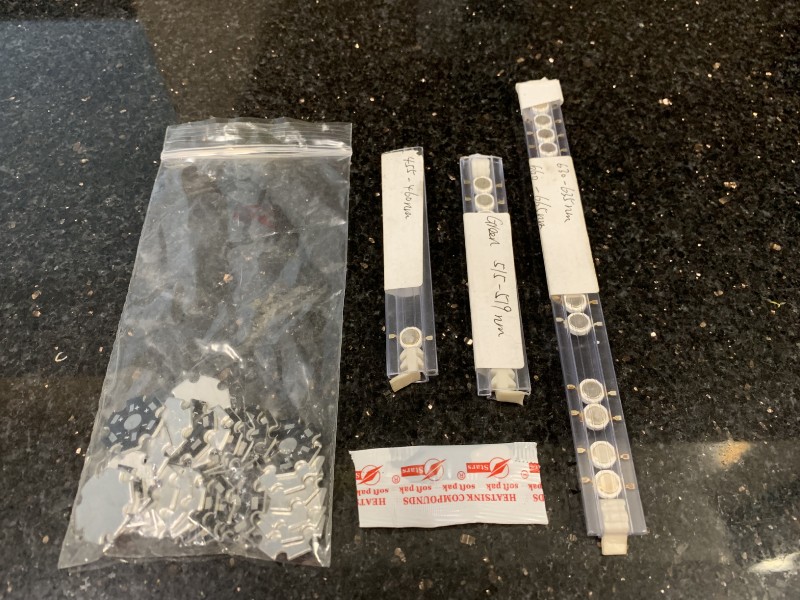
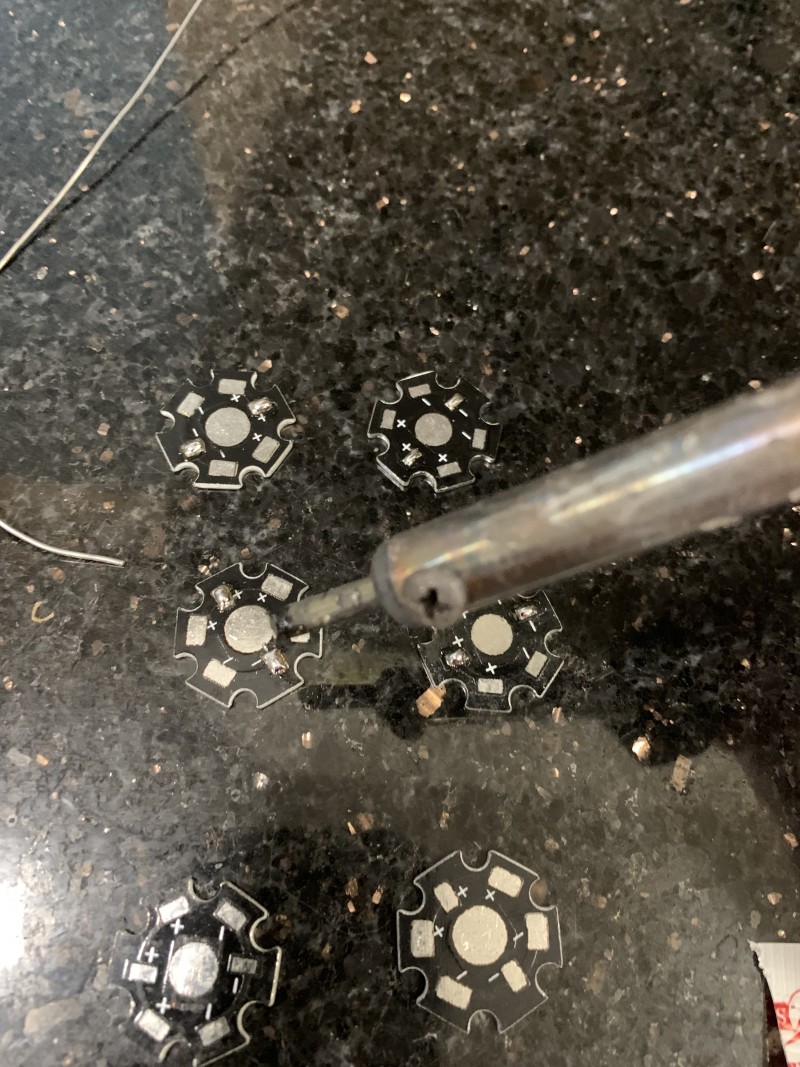
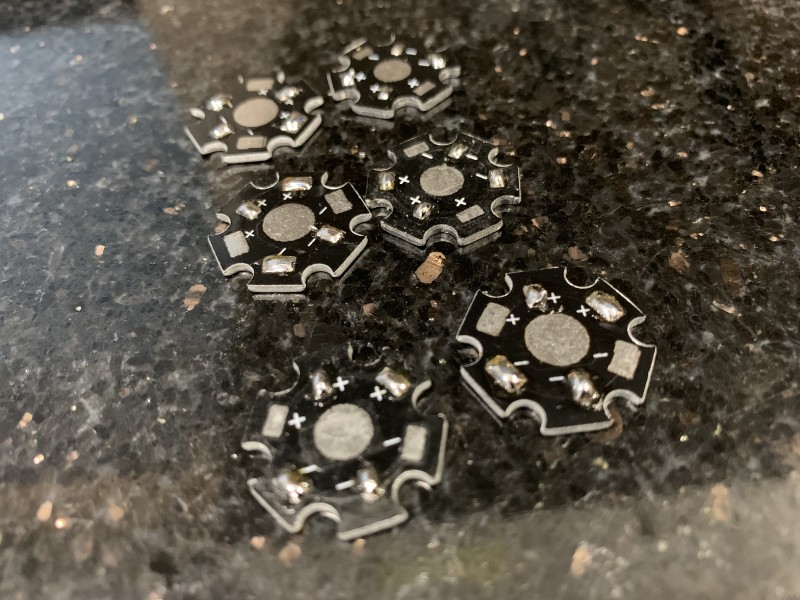
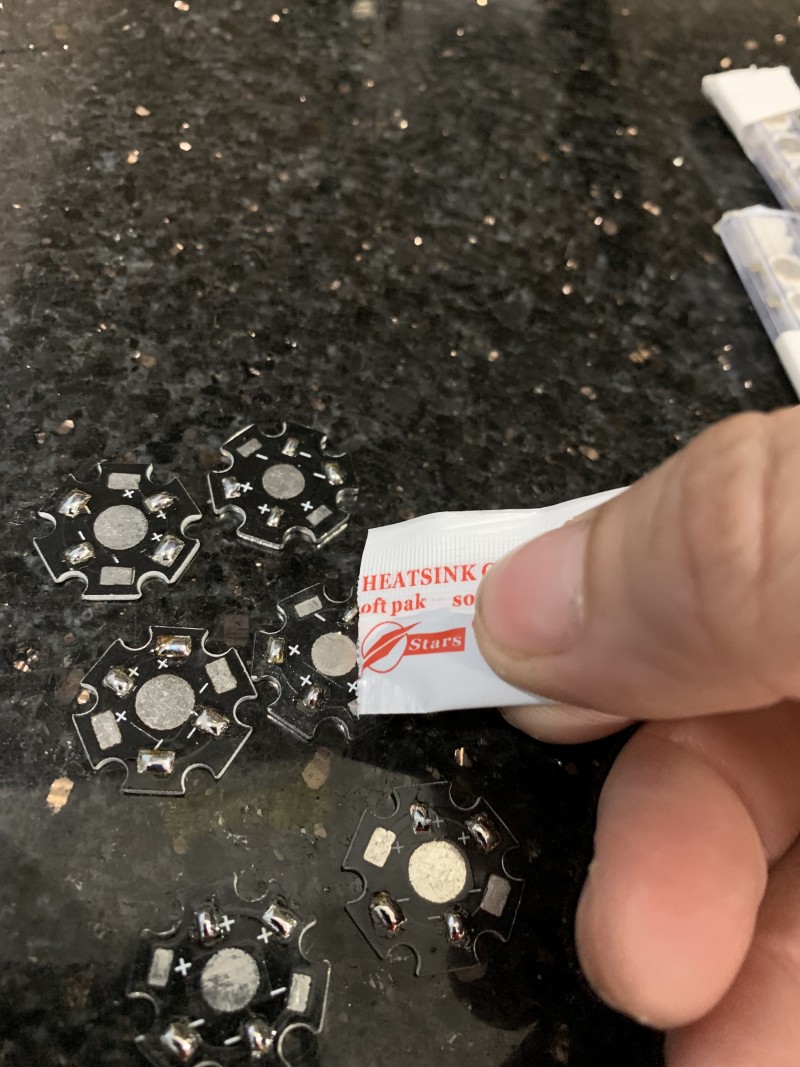
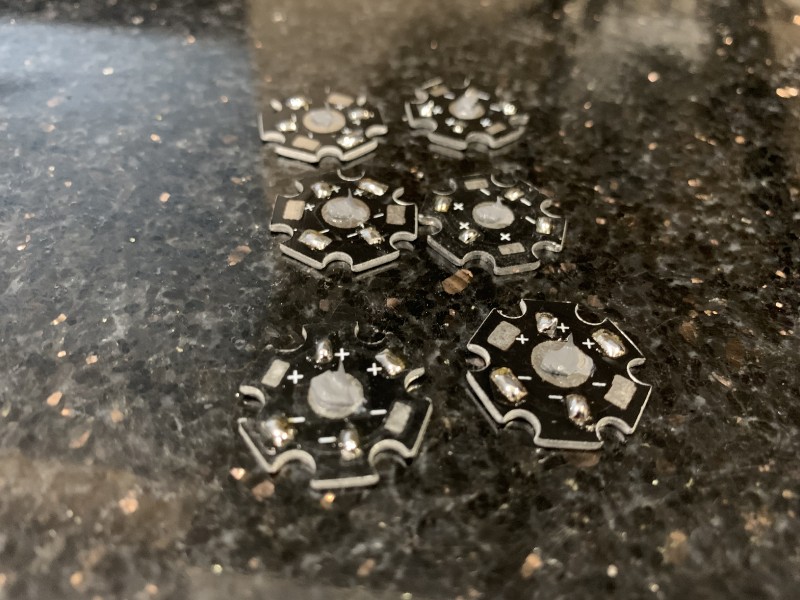
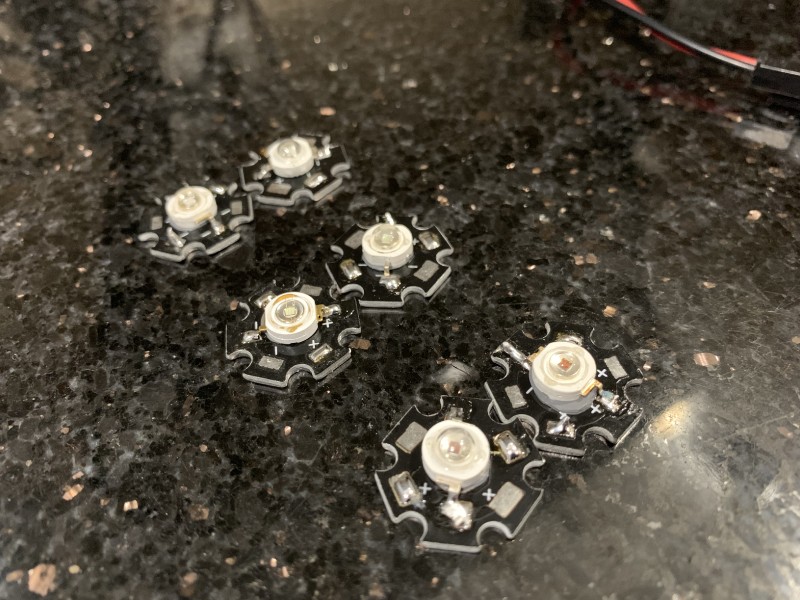
One thing I have always prided myself on is transparency. So I decided to make a post today, get my integrating sphere out of the cabinet, and give you guys some data as if you were here beside me recording it for yourself. To keep things simple I'll be performing a test using a single blue, red and green LED. These LEDs are randomly chosen from a parts box that is over 5 years old.
I am using a Light Scout light meter on the "Electric" reading setting, even though the "Sunlight" setting gives 15-20% higher umol figures. The power supply is an adjustable DC unit with digital read out so you can see the exact volts and amps for each test.
Prepping the LEDs for Testing:








